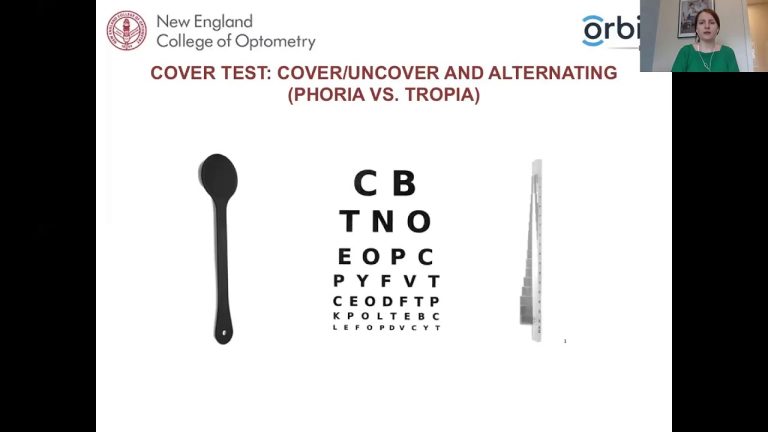Maximizing Your Optical Benefits: The Ultimate Guide to Understanding Flexible Spending Accounts
Flexible spending accounts, also known as FSAs, are a type of tax-advantaged benefit plan that can be used to save money on healthcare expenses. These accounts are especially helpful for those who need to purchase optical and vision care products on a regular basis. With an FSA, employees can set aside a portion of their pre-tax income to pay for eligible medical expenses, including prescription eyewear, contact lenses, and eye exams.
If you work for a company that offers an FSA, it’s important to understand how it works and how to make the most of it. By taking advantage of this benefit, you can save money on essential vision care products and services. Here, we’ll explore the basics of FSAs and how they can benefit those who need optical and vision care products.
What is a Flexible Spending Account?
A Flexible Spending Account is a benefit offered by many employers as part of their overall benefits package. It allows employees to set aside a portion of their pre-tax income to pay for qualified medical expenses. These expenses can include things like deductibles, copayments, prescription medication, and certain healthcare products.
FSAs are a great way to save money on healthcare expenses because they allow you to use pre-tax dollars to pay for eligible expenses. This means that you will pay less in taxes, which can help offset the cost of the medical expenses you incur throughout the year.
How Do FSAs Work?
When you enroll in an FSA, you specify how much money you want to contribute to the account each year. This amount is deducted from your paycheck before taxes are taken out, which reduces your taxable income. Throughout the year, you can use the funds in your FSA to pay for eligible medical expenses.
It’s important to note that FSAs operate on a use-it-or-lose-it basis. This means that any funds you contribute to the account must be used by the end of the year, or you forfeit them. However, some employers offer a grace period or allow you to carry over a small portion of unused funds to the following year.
Why Are FSAs Good for Vision Care?
For those who need optical and vision care products on a regular basis, an FSA can be hugely beneficial. Prescription eyeglasses, contact lenses, and eye exams are all eligible expenses that can be paid for using FSA funds. By using pre-tax dollars to pay for these items, you can significantly reduce their cost.
In addition, some employers offer an FSA debit card that can be used to pay for eligible expenses at the point of service. This makes it easy to pay for vision care products without having to submit receipts or fill out reimbursement forms.
Conclusion
If you need optical and vision care products on a regular basis, it’s worth exploring whether your employer offers an FSA. By taking advantage of this benefit, you can save money on the products and services you need to maintain good eye health. Just be sure to understand the rules and limitations of your FSA, so you can make the most of this valuable benefit.
Contents
Most wanted in Hoya Vision:
What brand lenses does Costco use?
Hoya Lens Engravings
Why do my glasses lenses scratch so easily?
Which lens is better Alcon or Johnson and Johnson?
What’s the rarest eye color?
Visionworks Digital Progressive Lenses
Should eyeglasses cover eyebrows?
Workspace Lenses
How to Choose the Right Temple Type for Your Glasses
Hoya Sensity Vs Transitions Xtractive















![Explore Comprehensive Vision Insurance Coverage for Visual Field Testing with [Website Name]](https://www.hoyavision.com.ar/wp-content/uploads/2023/04/Vision-insurance-coverage-for-visual-field-testing-768x432.jpg)
